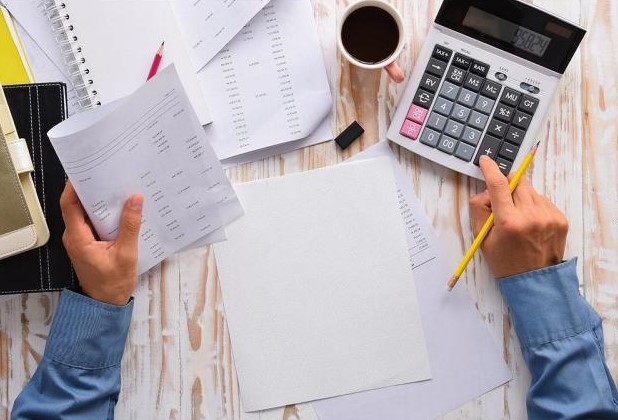Which 5 Accounts Does Not Appear on The Balance Sheet

Which account does not appear on the balance sheet is a common situation for accounting. It will be useful to examine this prominent situation for accounting. Let’s examine this prominent question in the field of accounting together.
Table of Contents
Which Account Does not Appear on the Balance Sheet
One of the most important aspects of a company’s financial accounting is its balance sheet. The balance sheet summarizes the business’s assets and liabilities, including any debt or equity. The accounts listed on the statement include all of the firm’s financial obligations.
The account that does not appear on the balance sheets is the asset, which is the tangible property that a business owns. The asset is the company’s cash. The liability is the company’s debt and equity. The balance sheet also shows money in a business checking account.
These accounts are considered a liquid asset because the money is immediately available. Small businesses generally use checking accounts to deposit and withdraw cash, as well as issue checks. Despite their name, these accounts are often referred to as operating or equity securities.
This eliminates the need for physical cash. To avoid confusion, it is important to read the explanations provided for each account on the balance sheet and make sure to read all footnotes to get the full picture. As you can see, there are many different types of cost accounts on the balance sheet.

Critical Points for the Balance Sheet
The amount of cash that the business has in accounts payable depends on the offsetting balance in the accounts receivable account. A company’s balance sheet contains a variety of accounts and line items. The accounts vary according to the industry and company.
Current assets are available for sale within a year. Long-term assets, on the other hand, aren’t likely to be sold in the next year. These include stockholders’ equity and certain financial assets. Goodwill is an example of a long-term asset. It expresses a company’s value over its actual book value.
Cash equivalents are an account on the balance sheet that reports the value of assets that can be converted into cash in a short period of time. The accounts include bank accounts and currency. They also include other highly liquid short-term investments, such as Treasury bills and short-term government bonds.
These are the types of assets that should not be reported on the balance sheet. Although these are common types of accounts, they can differ significantly. There are some important differences between these categories.
Accounts in the Balance Sheet
Assets are the things that a company owns, such as its cash, stock, and equipment. They should be listed in order of liquidity, with the highest liquidity being those assets that are easily convertible into cash.
While accounts payable decrease as cash goes down, notes payable are the liabilities that are due in the coming year. A company can have both long-term and short-term debt, but it should only list the current ones. The balance sheet is the document that shows the company’s assets and liabilities.
The account that appears on the balance sheet is a cash flow indicator, which means that it represents the money that a company has received from its customers. The cash flow statement is the opposite of the balance sheet. The latter is called the cash position.

Importance of Cash Flow
The first category is an asset that represents a liability. The third type is an asset that isn’t represented on the balance sheet. The balance sheet is an important part of a company’s accounting. Without a balanced, accurate balances, it can lead to disaster.
A balance sheet is the statement of a company’s assets and liabilities. The cash and accounts payable accounts are the most commonly used assets. The other two are the income statement and the trial balance. The cash and equity account are the most common types of liabilities.
It is the largest component of the financial statements. The assets and liabilities on a balance sheet are the company’s cash and assets. It is possible for the cash and assets to be higher than the liabilities, so the totals of the accounts will need to be equal.
A company’s assets will always be higher than its liabilities, and it will also have more assets than it can spend. A company’s cash and assets are the foundation of its financial statements.
If you are interested in finance and investment, you should check out our category where we provide information about the price predictions of coins.